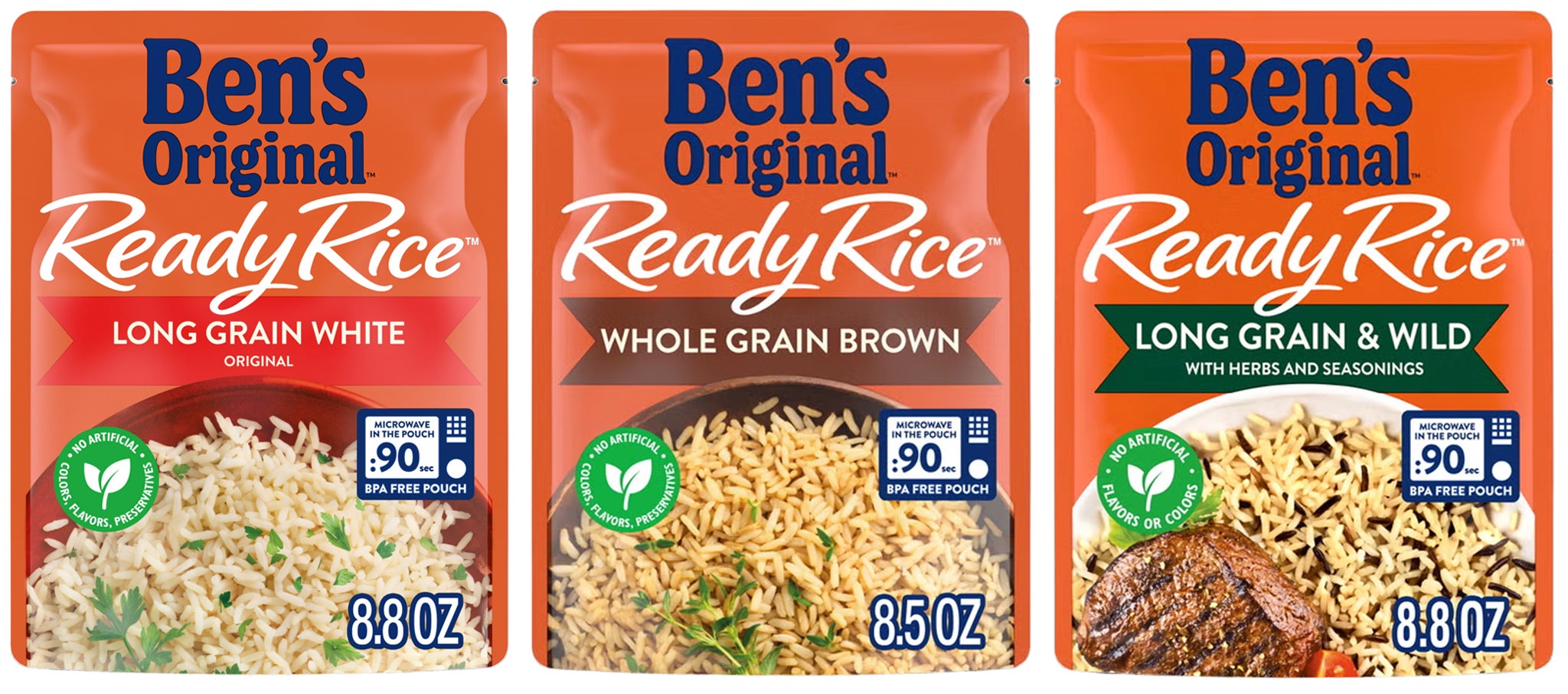
The U.S. Food and Drug Administration (FDA) has announced a nationwide recall of select Ben’s Original Ready Rice products after small stones were reportedly found in certain batches. The contamination, originating from rice farms, could pose a serious risk of oral or digestive tract injury if consumed. The recall affects limited lots of Ben’s Original Long Grain White, Whole Grain Brown, and Long Grain & Wild Ready Rice varieties, distributed across major U.S. retailers such as Target, HEB, Amazon, United Markets, and Piggly Wiggly.
According to the FDA, the recall applies to specific batch codes and best-by dates, which can be located on the bottom seal at the back of each package.
Impacted products include:
The presence of small stones in rice may not be easily noticeable during cooking or eating. However, ingestion of such foreign material could cause choking hazards, dental injuries, and gastrointestinal trauma. Medical experts warn that even small hard fragments can damage teeth, gums, or internal tissues of the digestive tract, potentially leading to internal bleeding or infection.
Consumers are urged not to consume any product from the affected batches. If someone has already eaten the rice and experiences symptoms like mouth pain, difficulty swallowing, stomach discomfort, or bleeding, they should seek medical attention immediately.
Customers who purchased any of the recalled Ben’s Original Ready Rice products can request a refund or replacement by contacting Ben’s Original Consumer Care at 1-800-548-6253.
Operating hours:
The company has assured that it is cooperating fully with the FDA to identify and remove all affected stock from store shelves and warehouses.
This recall highlights ongoing food safety challenges in large-scale packaged food operations, particularly where products are sourced from multiple agricultural sites. Small stones and natural debris can enter raw grain supplies during harvesting and processing if screening systems fail.
Ben’s Original stated it is conducting a thorough review of its supply chain and quality control procedures to prevent future contamination incidents.
Source: FDA